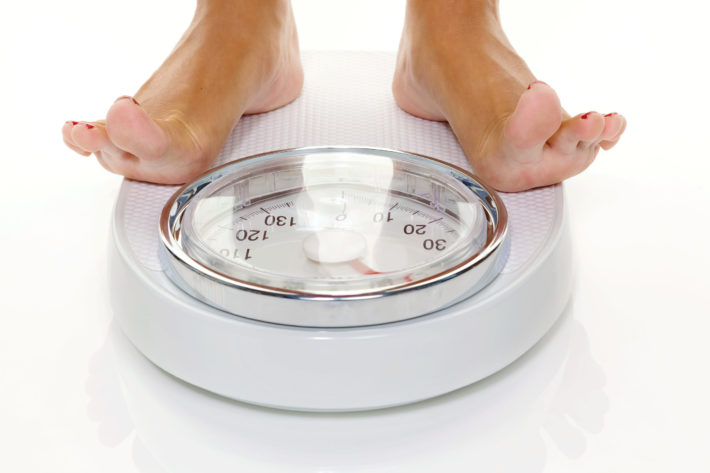
I want to continue sharing with you information about menopause and weight control. You’ll find this and much more in my best selling book, The Estrogen Fix.
Mice studies begin to explain the relationship between estrogen and weight gain. Once the ovaries of mice are removed, they gain weight no matter what they are fed, because of a change in their metabolism. The mice burned fewer calories even though they ate the same diet, and their existing fat cells got larger from storing larger quantities of fat. They developed more belly fat and more inflammation in their bodies, and they became insulin resistant, meaning their pancreas had to produce more insulin to allow the same amount of glucose to enter their cells.
Mice that had their ovaries removed also burned fewer calories with exercise and had less energy, so they were less active. When the mice had their ovaries removed and were given the estrogen 17 beta-estradiol, they had no weight gain, no larger fat cells, no increased belly fat or inflammation, and no insulin resistance. Some animal studies showed that when given estrogen, the mice became full-on smaller portions of food.
What about belly fat, estrogen, and women? Abdominal obesity or belly fat is almost double that of general obesity. According to a study published in JAMA (303, no. 3, January 20, 2010), it’s present in 65.5 percent of American women aged 40 to 59 and 73.8 percent of women aged 60 or more. All this starts in perimenopause as estrogen levels begin to decline.
The lower estrogen levels appear to cause and to increase the redistribution of fat, making a pear-shaped body into an apple-shaped one. A large number of studies show that postmenopausal women have greater amounts of intra-abdominal fat compared to premenopausal women.
A study at the Mayo Clinic helps explain why. The researchers compared fat tissue in pre- and postmenopausal women of similar ages. They found that at the cellular level, the lower levels of estrogen in postmenopausal women caused more activity from two enzymes, adipocyte acyl-CoA synthetase and diacylglycerol acyltransferase, which synthesize and store fat. When estrogen levels were higher in premenopausal women, those enzymes were less active. This is all part of the estrogen fix.
Another recent study drove home the point. A group of researchers at the University of Colorado gave a medication to premenopausal women to temporarily cause menopause. That way, menopausal changes in metabolism due to aging could be eliminated. Once the women were in menopause, the researchers compared the effects of giving half of the participants either estradiol or a placebo (Menopause 22 no. 10, 2015, 1045-52). The women who did not take estradiol developed more belly fat and lost bone mass in their spines and hips. There was no change in the women who received estradiol.
So increased fat production and storage is causing waist sizes to get larger, in the form of the “love handles” you can feel and the internal fat you cannot. That is where heart disease, high cholesterol, inflammation, and diabetes risks lie in ambush.
The visceral, or internal, belly fat is more than just an accumulation of jelly belly. Visceral fat is a hormone-making machine that produces unhealthy substances such as adipokines that contribute to insulin resistance, type 2 diabetes, changes in tissue metabolism, and metabolic syndrome.
Next post we’ll discuss Metabolic Syndrome. If you don’t know about it, you should! I’ve got a surprise I’ll add in to make it more interesting. If you want to know how much your menopause symptoms are affecting you, take the 2-minute Menopause Quiz and find out instantly.
